Home>Garden Essentials>Garden Plants>How To Take Care Of A Thyme Plant
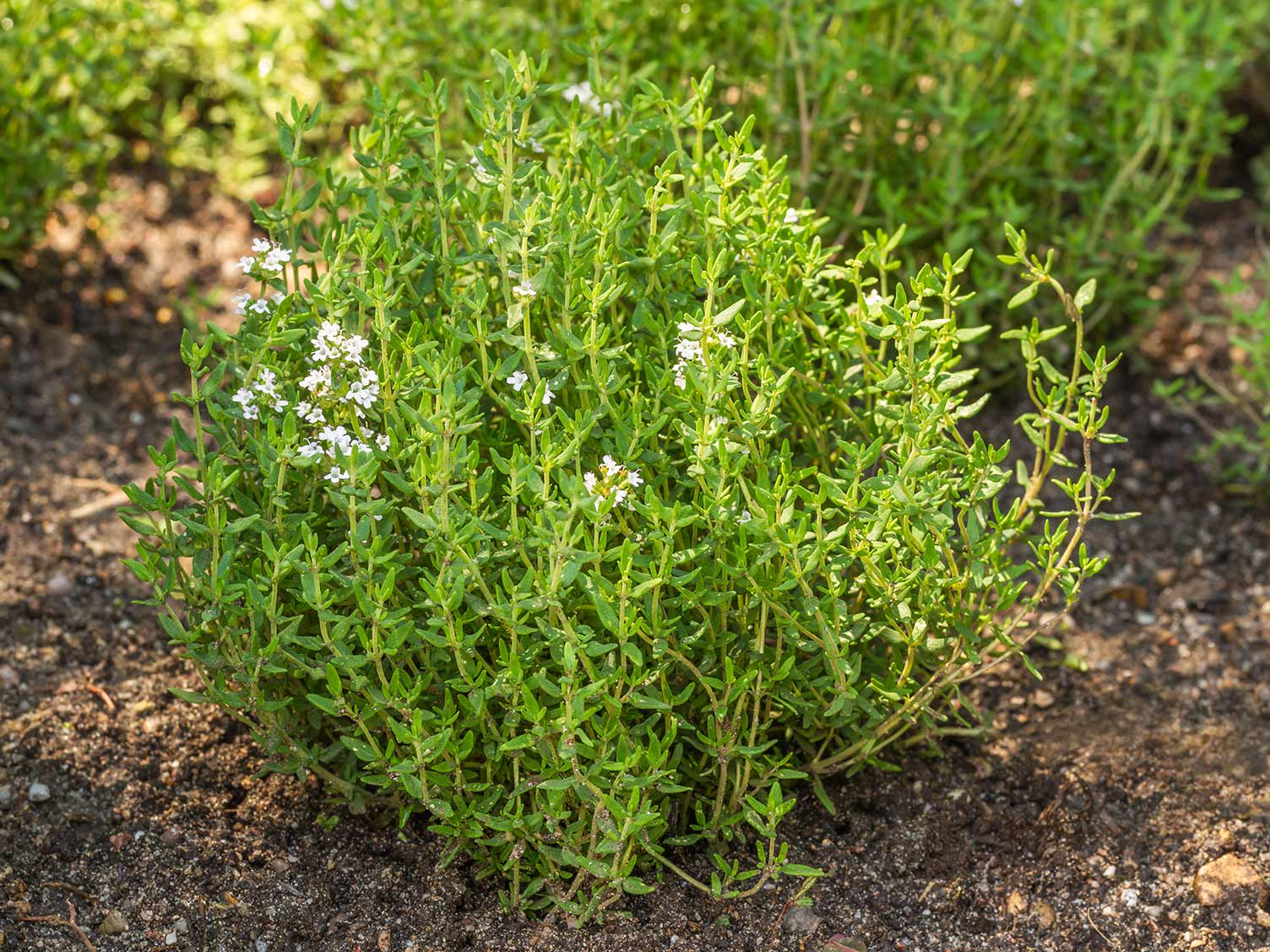

Garden Plants
How To Take Care Of A Thyme Plant
Modified: August 17, 2024
Learn how to properly care for your thyme plant and keep it healthy. Discover the essential tips and techniques for nurturing plants.
(Many of the links in this article redirect to a specific reviewed product. Your purchase of these products through affiliate links helps to generate commission for Storables.com, at no extra cost. Learn more)
Introduction
Welcome to the world of thyme plants! Thyme, a popular herb known for its unique fragrance and culinary uses, is a wonderful addition to any garden. Not only does it add flavor to various dishes, but it also offers numerous health benefits. In this article, we will explore the different aspects of taking care of a thyme plant, from selecting the right location to protecting it from pests.
Thyme plants belong to the mint family (Lamiaceae) and come in various varieties, including common thyme (Thymus vulgaris), lemon thyme (Thymus citriodorus), and creeping thyme (Thymus serpyllum). They are typically grown as perennial herbs, thriving in well-drained soil and full sunlight. Whether you’re a seasoned gardener or a beginner, caring for a thyme plant is relatively easy and enjoyable.
So let’s dive into the world of thyme and discover how to take care of this versatile and delightful herb!
Key Takeaways:
- Embrace the world of thyme plants by providing optimal care, from selecting the right location to protecting from pests. Enjoy the aromatic fragrance and culinary delights this versatile herb offers!
- Ensure the health and vitality of your thyme plant by following proper watering and soil guidelines, regular pruning, and effective pest protection. Embrace the rewarding experience of caring for this delightful herb!
Read more: How To Plant Thyme In A Pot
Selecting the Right Location
Choosing the right location for your thyme plant is crucial for its overall health and growth. Thyme plants thrive in full sunlight, so it’s important to select a spot that receives at least six to eight hours of direct sunlight per day. A south-facing location is often ideal. If you’re growing thyme indoors, place it near a sunny window or under grow lights to ensure it gets enough light.
In addition to sunlight, thyme plants also require well-drained soil to prevent root rot. Sandy or loamy soil that is rich in organic matter is ideal for thyme plants. Avoid heavy clay soils, as they tend to retain excessive moisture. To improve soil drainage, consider adding compost or organic matter to the planting area.
When it comes to spacing, allow ample room for your thyme plant to spread. Depending on the variety, thyme plants can grow up to 12-18 inches in height and spread up to 12-24 inches. Ensure there is enough space between plants to allow proper air circulation and prevent overcrowding.
Lastly, consider the climate of your region. Thyme plants are adaptable and can thrive in diverse climates, from cool temperate regions to hot, dry areas. However, it’s worth noting that thyme tends to struggle in high humidity and heavy rainfall. If you live in a region with these conditions, consider planting thyme in raised beds or containers to improve drainage and prevent waterlogged roots.
By selecting the right location for your thyme plant, you’re providing it with an optimal environment to grow and flourish.
Planting the Thyme Plant
Once you have chosen the perfect location, it’s time to plant your thyme! Here’s a step-by-step guide to help you through the process.
- Prepare the soil: Before planting, prepare the soil by removing any weeds or debris. Loosen the soil to a depth of about 8-10 inches with a garden fork or tiller. Thyme plants prefer well-drained soil, so amend the soil with compost or organic matter to improve its texture and fertility.
- Choose healthy seedlings or cuttings: Thyme can be propagated from either seedlings or cuttings. If you’re starting from seed, sow the seeds in a seed tray about 8-10 weeks before the last frost date. Transplant the seedlings into individual pots once they have grown a few inches tall. If you prefer cuttings, take 3-4 inch stem cuttings from an established thyme plant and remove the lower leaves.
- Plant the thyme: Dig a hole in the prepared soil that is slightly larger than the root ball of the seedling or cutting. Place the plant in the hole, ensuring that the base of the stem is level with or slightly above the soil surface. Backfill the hole with soil and gently firm it around the plant to eliminate any air pockets.
- Water thoroughly: After planting, water the thyme plant thoroughly to settle the soil and encourage root establishment. Ensure that the water reaches the root zone of the plant. Be cautious not to overwater, as thyme plants are susceptible to root rot when exposed to excessive moisture.
- Mulch and support: Apply a layer of organic mulch, such as straw or wood chips, around the base of the thyme plant. This helps to conserve soil moisture, suppress weed growth, and regulate soil temperature. Additionally, if you’re growing creeping thyme or a variety that tends to spread, provide support or edging to contain its growth.
Remember, thyme plants are sturdy and resilient, making them excellent candidates for both garden beds and containers. Just ensure they have adequate space, sunlight, and well-drained soil, and you’ll be on your way to a flourishing thyme plant!
Watering and Soil Requirements
Proper watering and soil conditions are vital for the health and vitality of your thyme plant. Here are some guidelines to help you meet the watering and soil requirements of your thyme:
Watering:
Thyme plants prefer slightly dry conditions, so it’s important not to overwater them. Only water your thyme plant when the top inch of soil feels dry to the touch. When watering, give the plant a deep soaking, ensuring that the water reaches the root zone. Avoid shallow and frequent watering, as this can lead to shallow root growth and susceptibility to diseases.
During the hotter months or prolonged dry spells, increase the frequency of watering, but always allow the soil to dry out slightly between waterings. Overwatering can lead to root rot and other fungal diseases, so it’s important to strike a balance.
Soil:
Thyme plants thrive in well-drained soil with a slightly alkaline to neutral pH level (around 6.0 to 7.5). If your soil is heavy or clay-based, amend it with organic matter, such as compost or well-rotted manure, to improve its drainage and fertility. This will prevent waterlogging and create a more favorable environment for the thyme plant to grow.
In terms of soil texture, thyme plants prefer sandy or loamy soil. These soil types allow for good drainage, preventing excess moisture around the roots. If you’re growing thyme in containers, ensure that your potting mix is well-draining and specifically formulated for herbs.
Additionally, avoid using overly rich or nitrogen-heavy fertilizers, as this can lead to excessive leaf growth rather than the production of flavorful leaves. Thyme plants are tolerant of poor soil conditions, so aim for a balanced soil composition that provides adequate drainage and nutrition.
By following these watering and soil guidelines, you can provide the optimal conditions for your thyme plant, ensuring its healthy growth and flavor development.
When watering a thyme plant, allow the soil to dry out between waterings to prevent root rot. Thyme prefers well-draining soil and full sun.
Pruning and Harvesting Thyme
Pruning and harvesting your thyme plant is not only necessary for maintaining its shape and appearance but also for promoting new growth and ensuring a bountiful harvest. Here are some essential tips for pruning and harvesting thyme:
Pruning:
Regular pruning helps keep the thyme plant compact and encourages bushy growth. Prune your thyme plant in early spring, just as new growth begins to emerge. Use sharp, clean pruning shears to avoid damaging the plant.
To prune thyme, simply trim about one third of the plant’s overall height. Focus on removing any dead or damaged stems, as well as any woody or leggy growth. This will stimulate the growth of fresh, tender foliage.
You can also perform light pruning throughout the growing season to maintain the shape and prevent the plant from becoming too sparse. Trim back any straggly or overgrown stems to encourage new growth and a more compact appearance.
Harvesting:
Thyme leaves can be harvested throughout the growing season, and the flavor is often best just before the plant flowers. To harvest thyme, wait until the plant has grown to a height of at least 6 inches and has healthy, full foliage.
To harvest, simply snip off the desired amount of stems just above a leaf node. This encourages the plant to branch out and produce more leaves. You can harvest individual stems or harvest the entire plant if you need a larger quantity of thyme.
The harvested thyme leaves can be used fresh or dried for storage. To dry the thyme, tie the stems together in small bundles and hang them upside down in a cool, dry place. Once they are fully dried, strip the leaves from the stems and store them in airtight containers in a dark, cool location.
Remember, frequent harvesting and pruning of your thyme plant will promote vigorous growth and ensure a steady supply of fresh and flavorful thyme for all your culinary needs.
Read more: When To Plant Thyme Seeds
Protecting Thyme from Pests
Thyme plants are generally resistant to pests and diseases, but they can still attract a few common garden pests. By taking preventive measures and properly caring for your thyme plant, you can ensure its protection. Here are some strategies for protecting thyme from pests:
1. Companion planting: Planting thyme alongside other pest-repellent herbs and flowers can deter pests. Some effective companion plants for thyme include lavender, rosemary, sage, and marigolds. These plants emit strong scents that help repel pests and create a healthy growing environment.
2. Regular inspection: Regularly inspect your thyme plants for any signs of pest infestation. Look for visible damage to the leaves, discoloration, or the presence of pests like aphids, spider mites, or thrips. Early detection allows for prompt action to prevent further damage.
3. Natural deterrents: There are several natural remedies that can help deter pests from thyme plants. For example, making a solution of neem oil and water and spraying it on the leaves can effectively repel pests. Additionally, a mixture of garlic or onion spray can be used to deter pests. However, be cautious when using these remedies, as excessive use can negatively affect beneficial insects as well.
4. Handpicking: For larger pests like caterpillars or slugs, handpicking them off the plants can be an effective method of control. Simply remove the pests from the leaves and dispose of them away from the garden area.
5. Proper watering and hygiene: Avoid overwatering your thyme plants, as excessive moisture can attract pests like fungus gnats. Also, maintaining good garden hygiene by removing fallen leaves and debris can help eliminate hiding places for pests.
6. Organic insecticides: If pest infestation becomes severe, you can opt for organic insecticides. There are commercially available organic insecticidal soaps or oil sprays that can be applied according to the instructions on the product label. These options provide effective control while being safe for the environment.
Remember, prevention is key when it comes to protecting your thyme plant from pests. By implementing these strategies and maintaining a healthy growing environment, you can enjoy vibrant, pest-free thyme plants in your garden.
Overwintering Thyme Plants
Thyme plants are hardy perennials and can withstand cold temperatures to some extent. However, in regions with severe winters or frost, proper overwintering techniques can help ensure the survival and health of your thyme plants. Follow these guidelines to successfully overwinter your thyme plants:
1. Mulching: Before the first frost hits, apply a layer of organic mulch around the base of your thyme plants. This helps insulate the soil, regulate temperature fluctuations, and protect the roots from freezing. Straw, pine needles, or other organic materials make excellent mulch options.
2. Pruning: In late fall, after the plants have gone dormant, lightly prune your thyme plants to remove any dead or damaged foliage. This not only improves air circulation but also reduces the risk of diseases or pests taking hold during the winter months.
3. Avoid excessive moisture: Thyme plants are susceptible to rot and fungal diseases when exposed to prolonged moisture. During the winter, avoid overwatering your thyme plants. Ensure that the soil is well-drained and that excess moisture does not accumulate around the roots.
4. Sheltering: If you live in an area with extremely harsh winters, consider providing additional protection for your thyme plants. Constructing a temporary frame around the plants and covering it with frost blankets or burlap can help shield them from cold winds and heavy snowfall.
5. Container-grown thyme: If you’re growing thyme in containers, it’s easier to control their winter conditions. Move the containers to a sheltered location, such as a garage or basement, where the temperature stays above freezing. Ensure that the plants receive adequate light and occasional watering to prevent them from drying out.
6. Spring maintenance: As winter comes to an end and the weather starts to warm up, remove the mulch and inspect your thyme plants for any signs of damage or disease. Gently prune away any dead or damaged growth to encourage new growth in the approaching growing season.
By following these overwintering techniques, you can protect your thyme plants from harsh winter conditions and ensure their healthy return in the spring. Thyme plants are resilient, and with a little care, they will continue to thrive and provide you with flavorful herbs year after year.
Conclusion
Caring for a thyme plant can be a rewarding and enjoyable experience. This versatile herb not only adds flavor to various culinary dishes but also offers numerous health benefits. By following the guidelines discussed in this article, you can ensure the optimal care and maintenance of your thyme plants.
From selecting the right location to planting and providing proper watering and soil conditions, each step plays a crucial role in the overall health and growth of thyme plants. Paying attention to pruning and harvesting techniques allows you to maintain a compact and productive thyme plant that consistently provides fresh and flavorful leaves.
Protecting thyme plants from pests and diseases is essential to safeguard their well-being. Employing natural deterrents, regular inspection, and proper hygiene practices can help prevent pest infestations and maintain a healthy growing environment.
Finally, overwintering thyme plants is vital in regions with harsh winters. Mulching, light pruning, and providing shelter can ensure the survival and longevity of your thyme plants, allowing them to thrive year after year.
So, whether you have a dedicated herb garden or a few containers on a sunny windowsill, taking care of your thyme plants is a rewarding endeavor. Enjoy the aromatic fragrance, the culinary delights, and the beauty that thyme brings to your garden and home.
Embrace the world of thyme plants, and let their enchanting qualities enhance your gardening experience and culinary adventures!
Frequently Asked Questions about How To Take Care Of A Thyme Plant
Was this page helpful?
At Storables.com, we guarantee accurate and reliable information. Our content, validated by Expert Board Contributors, is crafted following stringent Editorial Policies. We're committed to providing you with well-researched, expert-backed insights for all your informational needs.
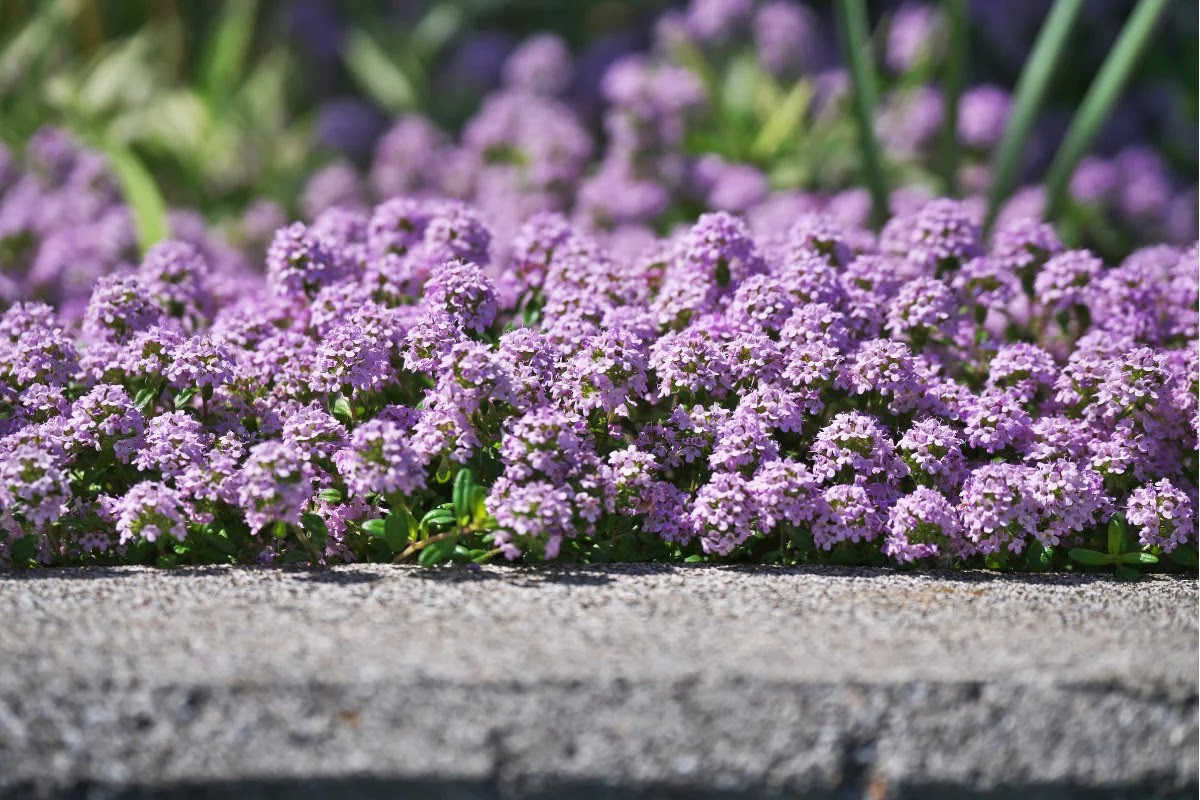
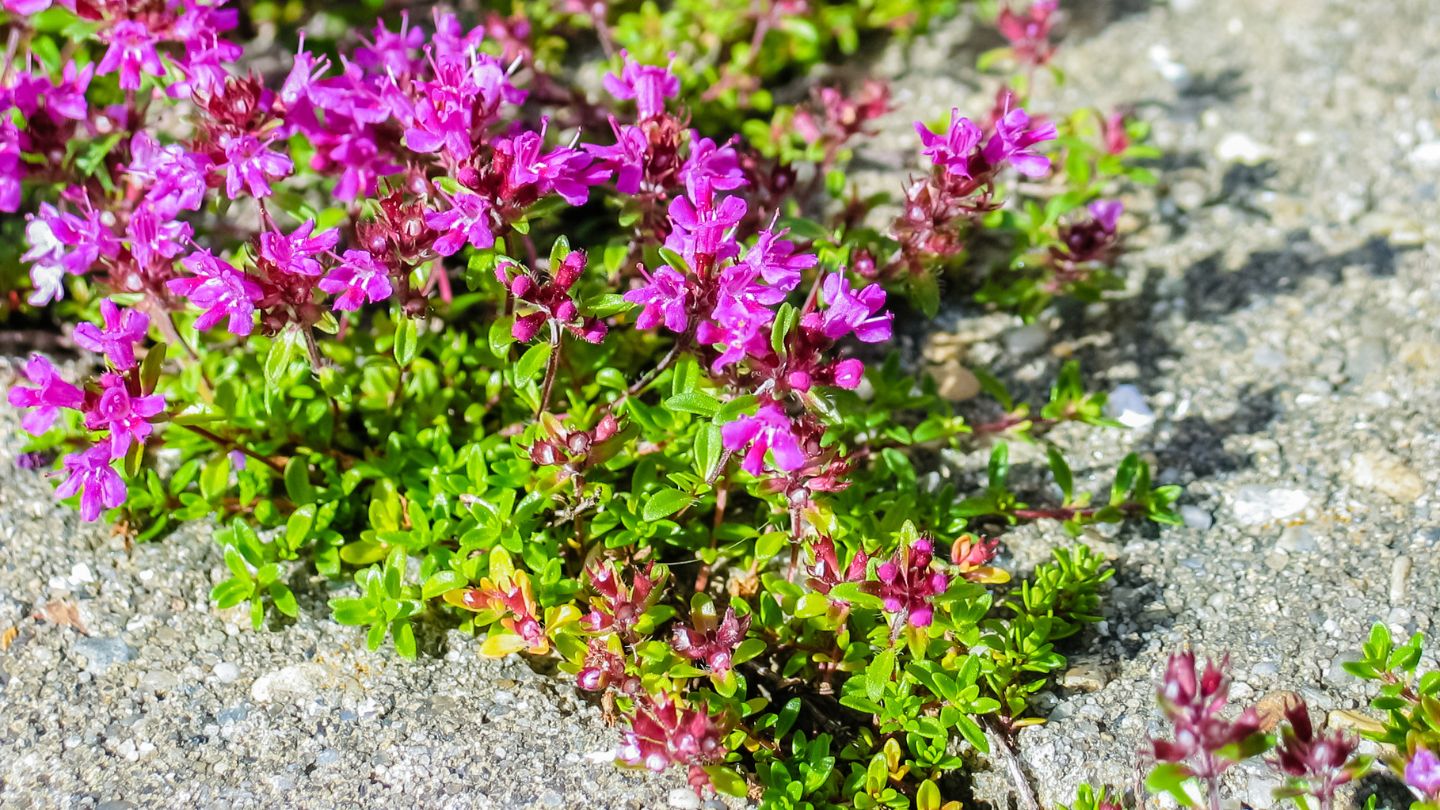
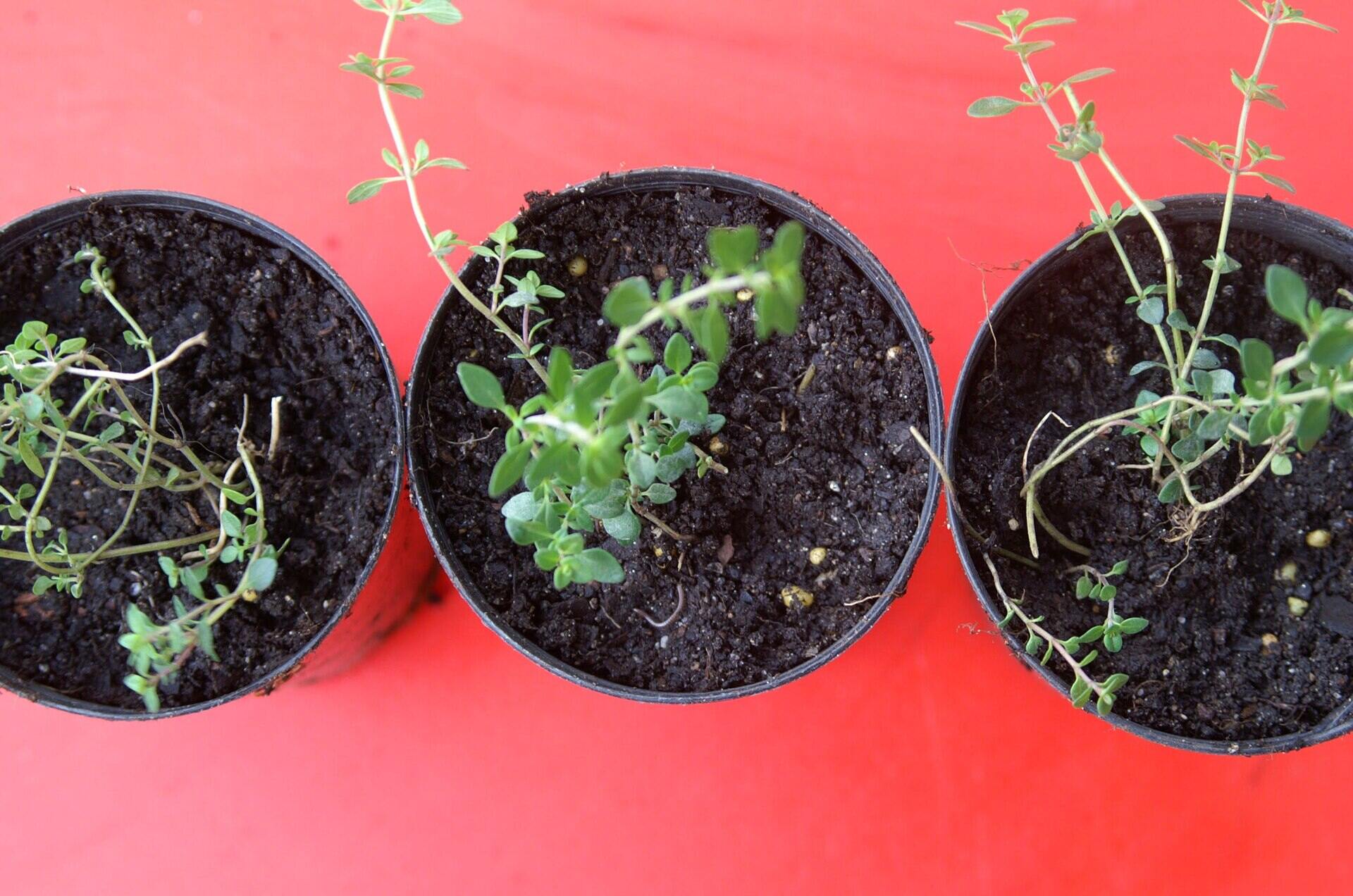
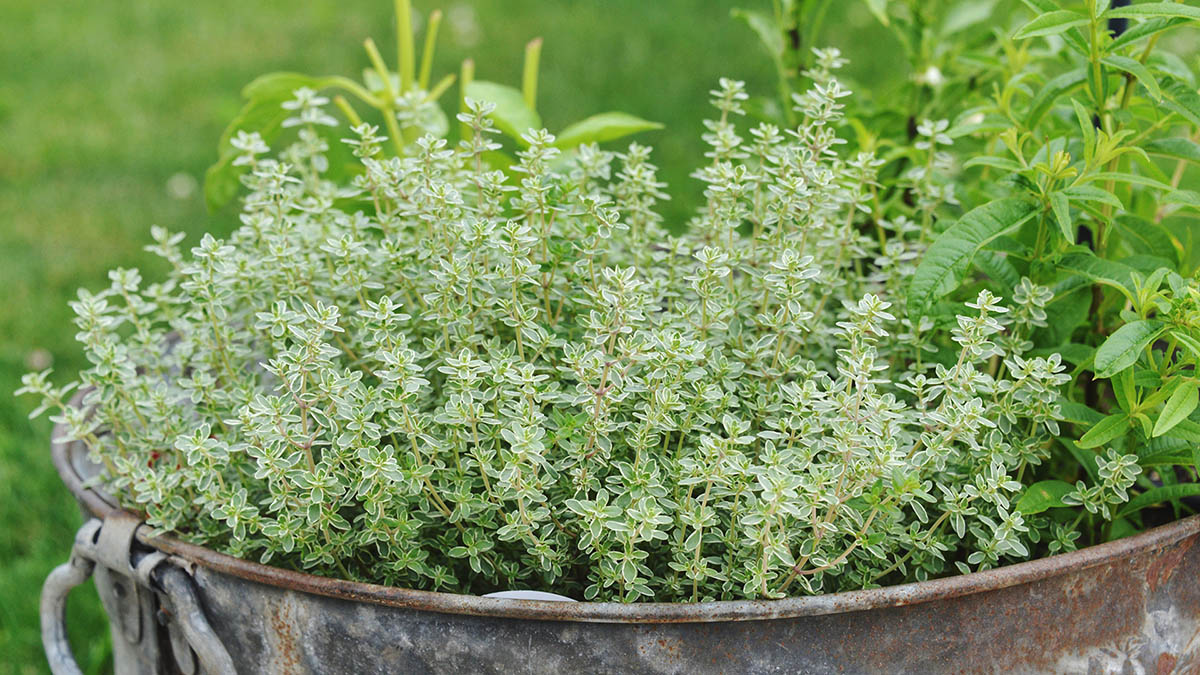
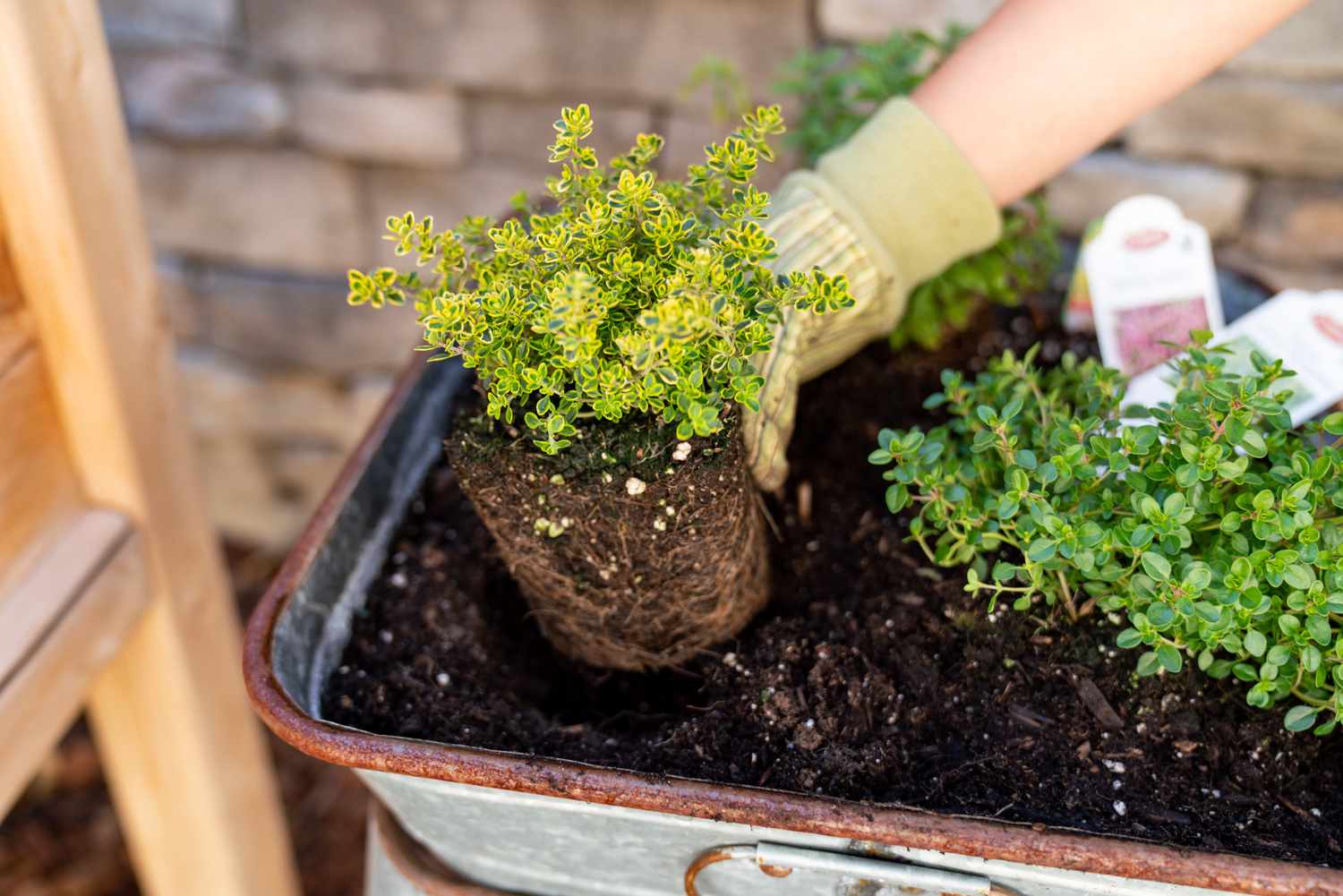
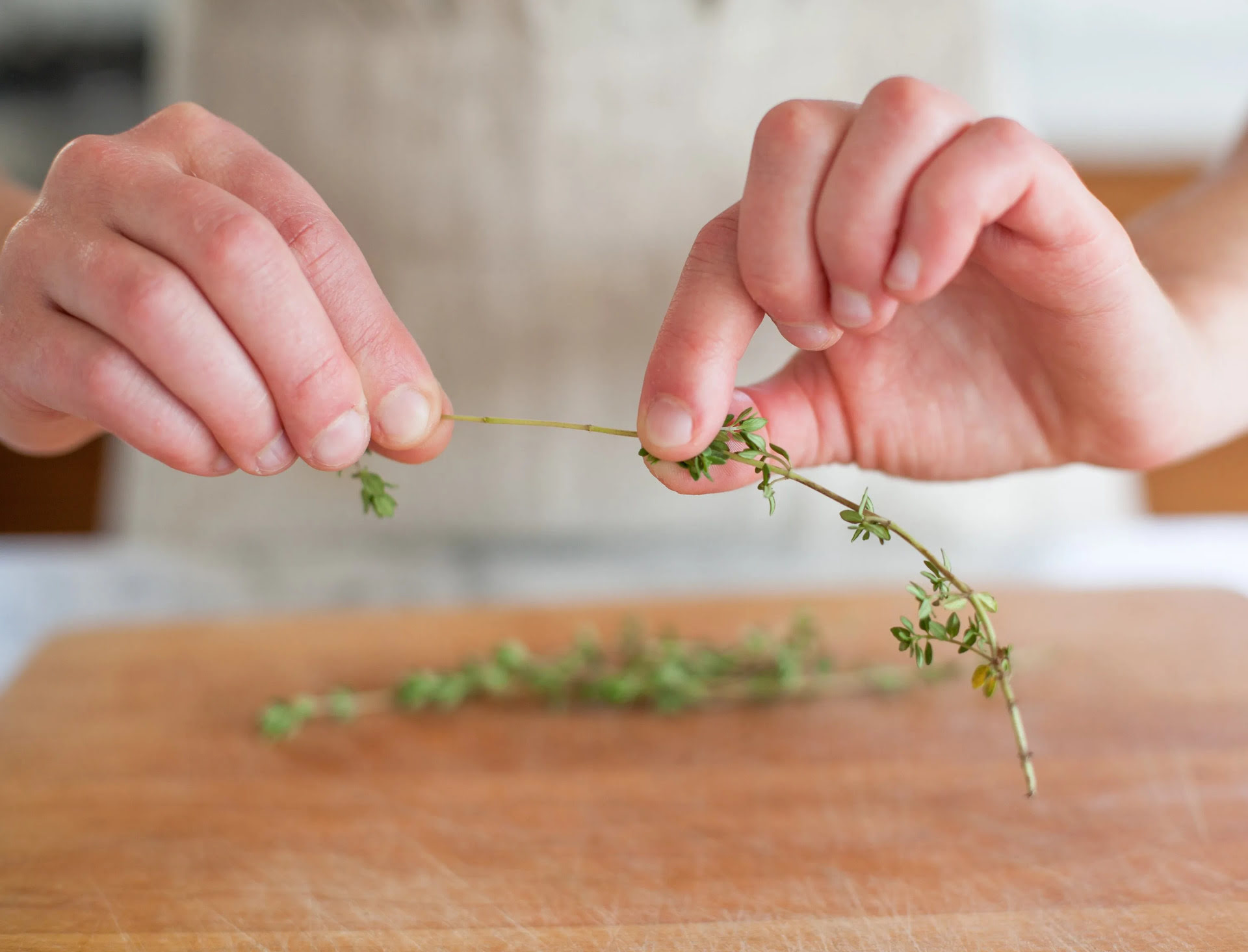
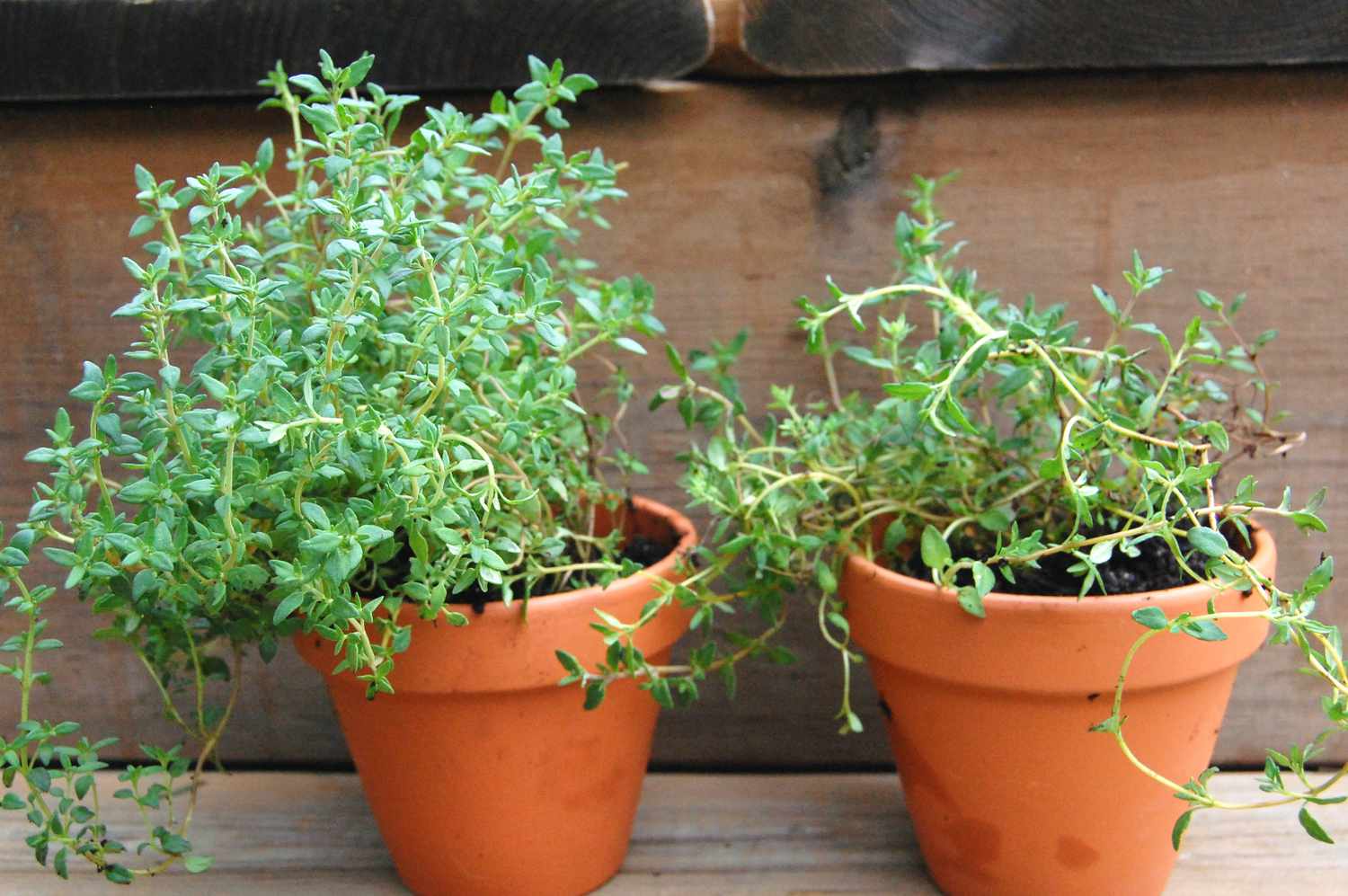
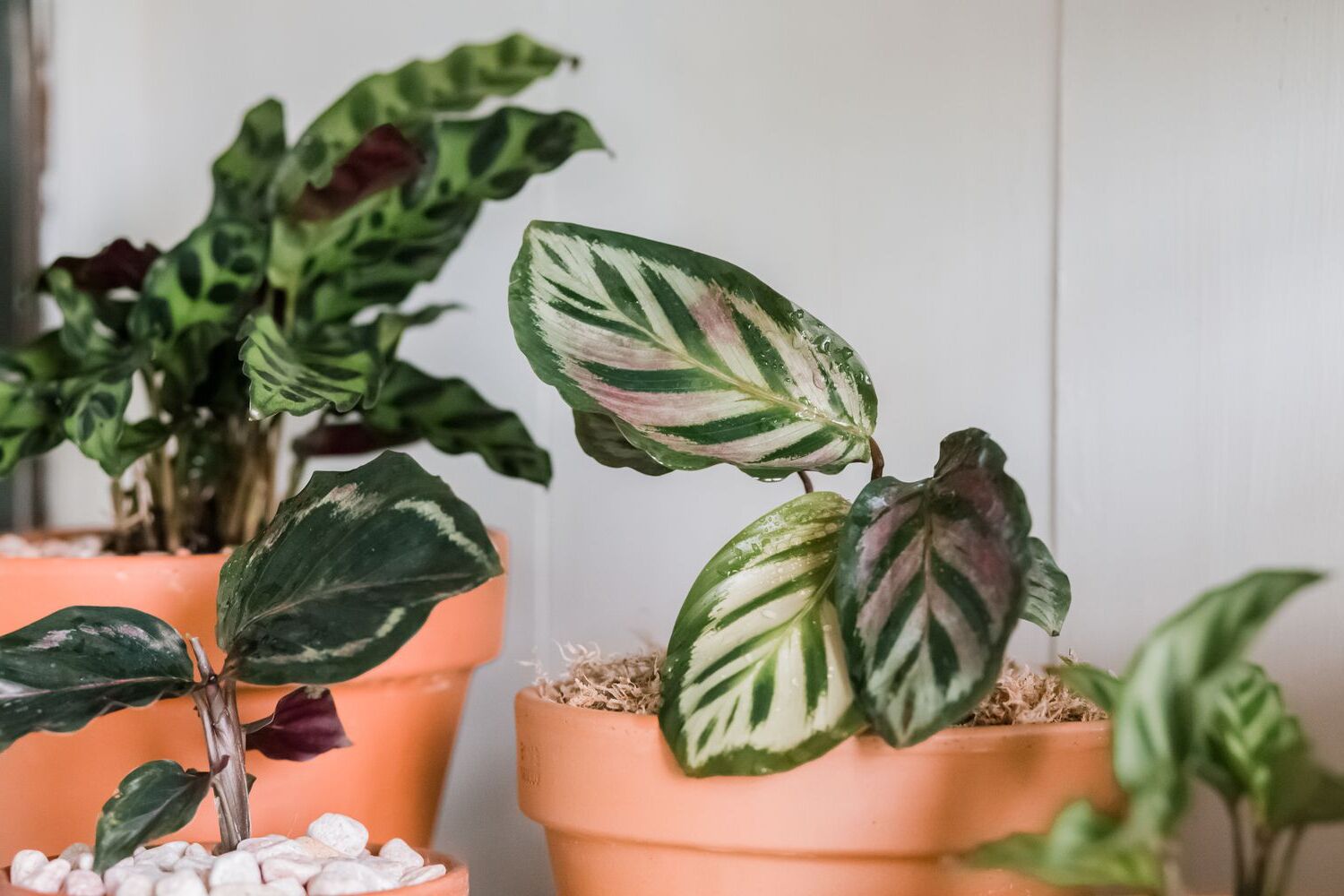
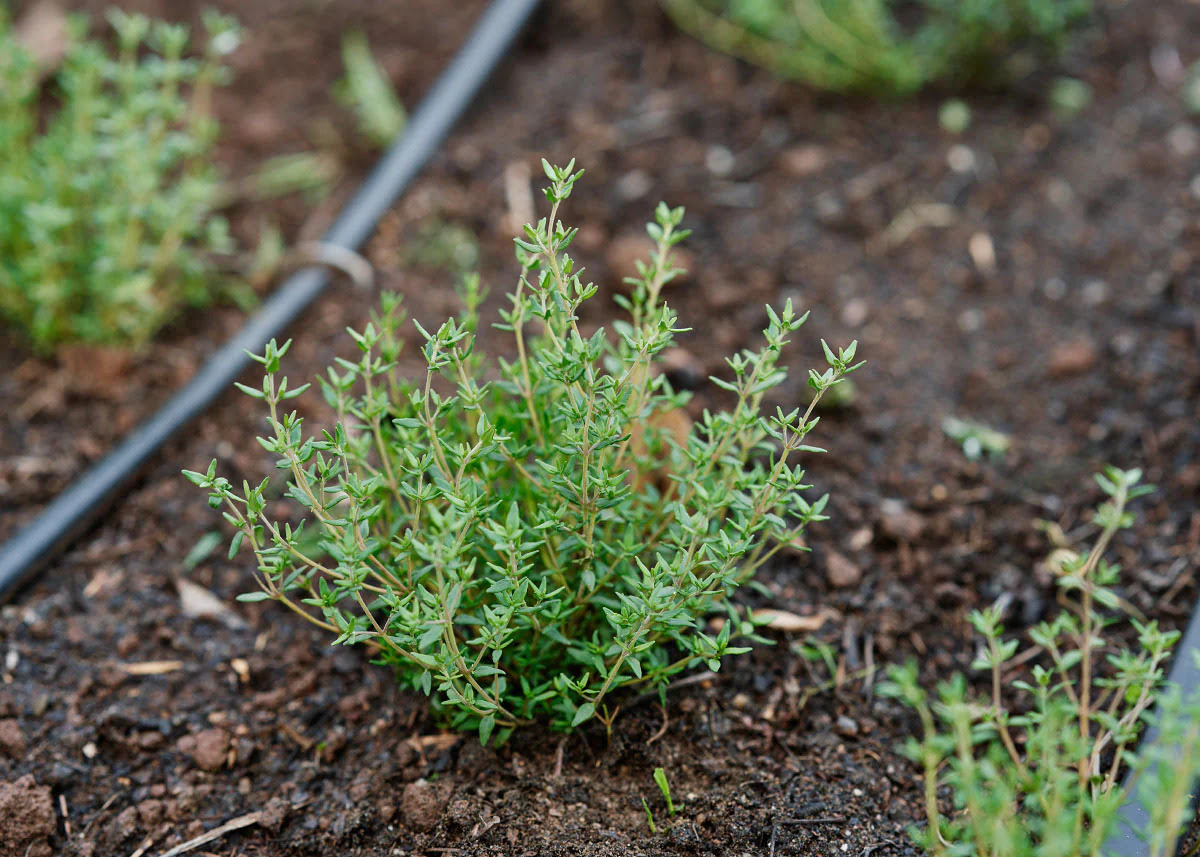
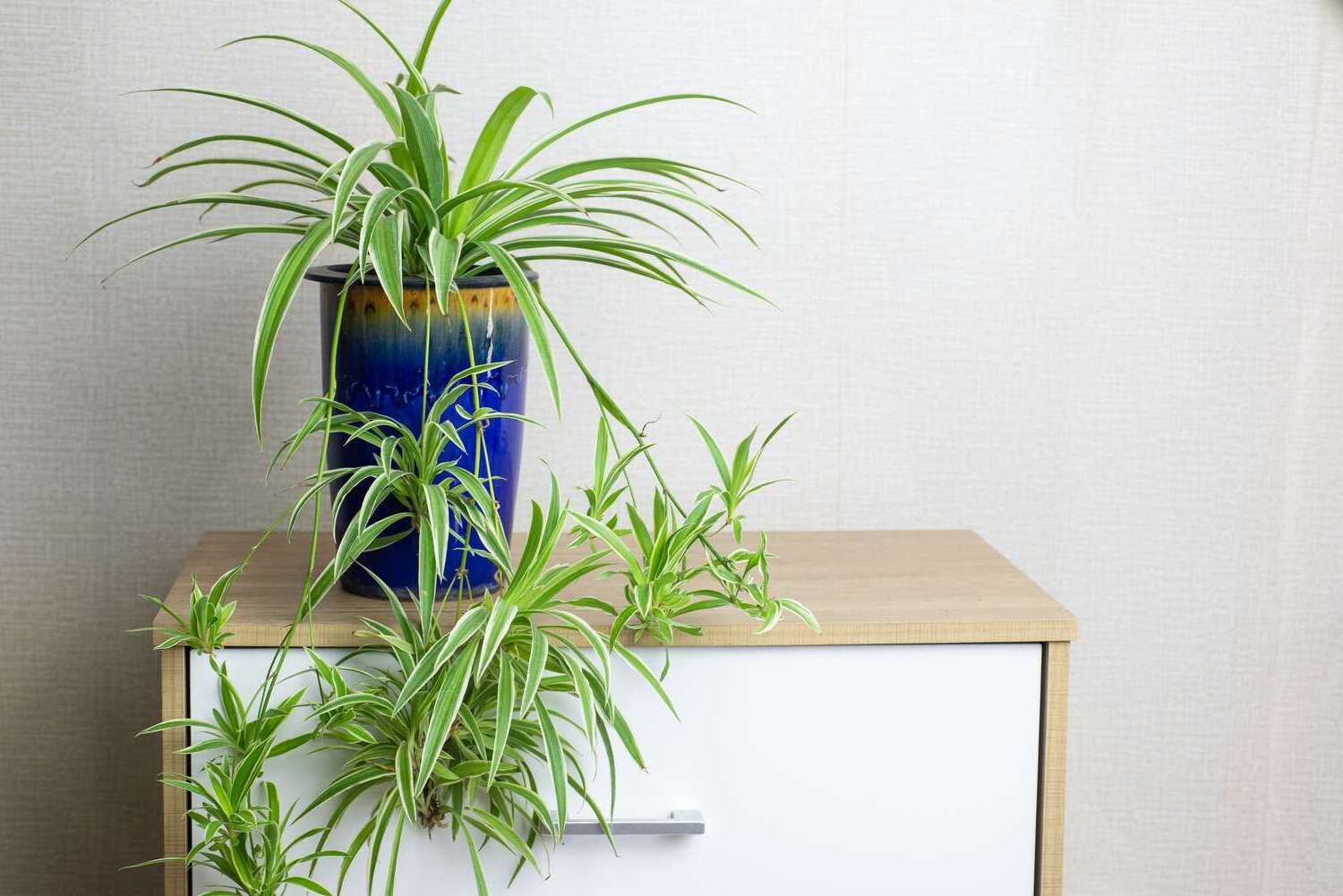
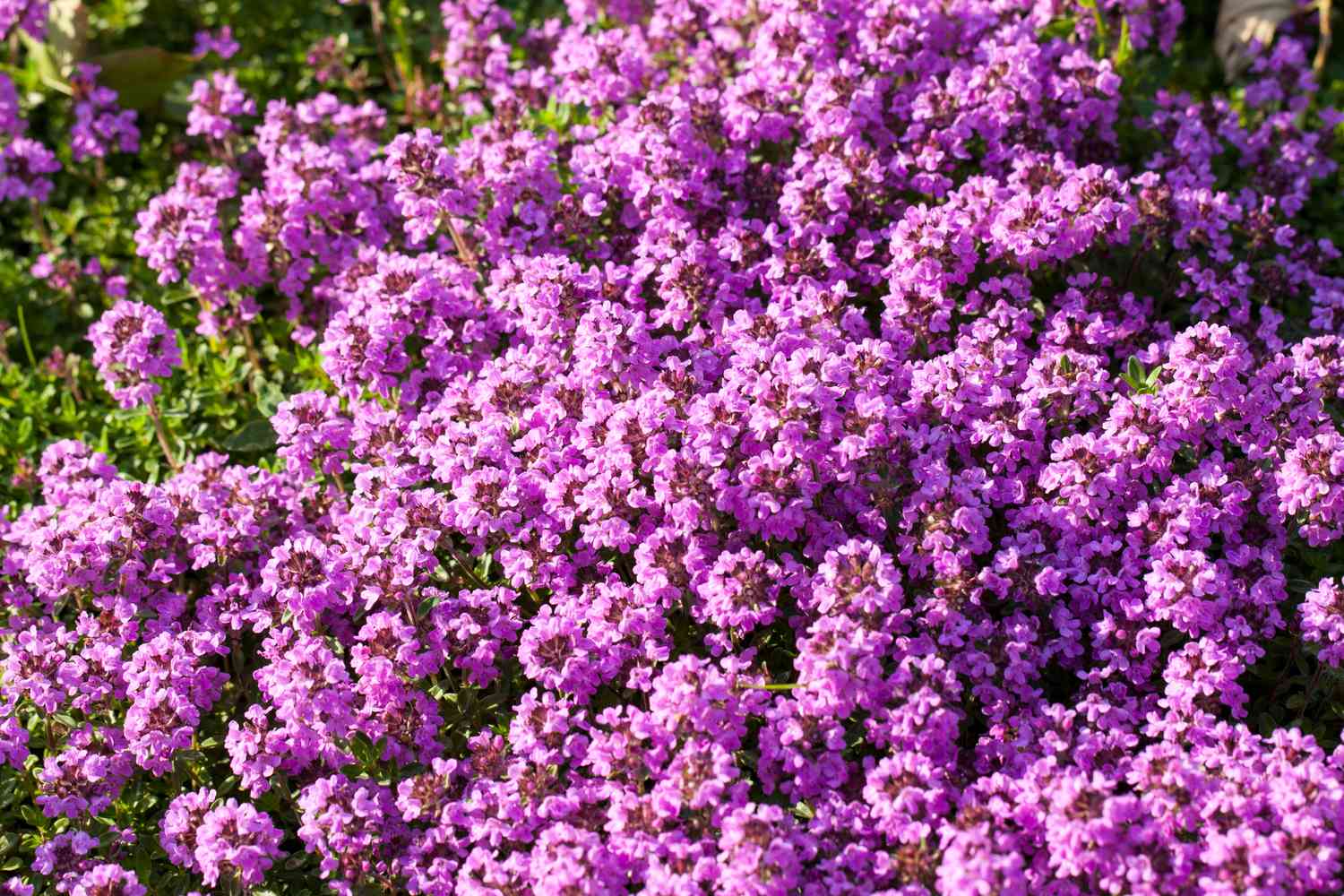
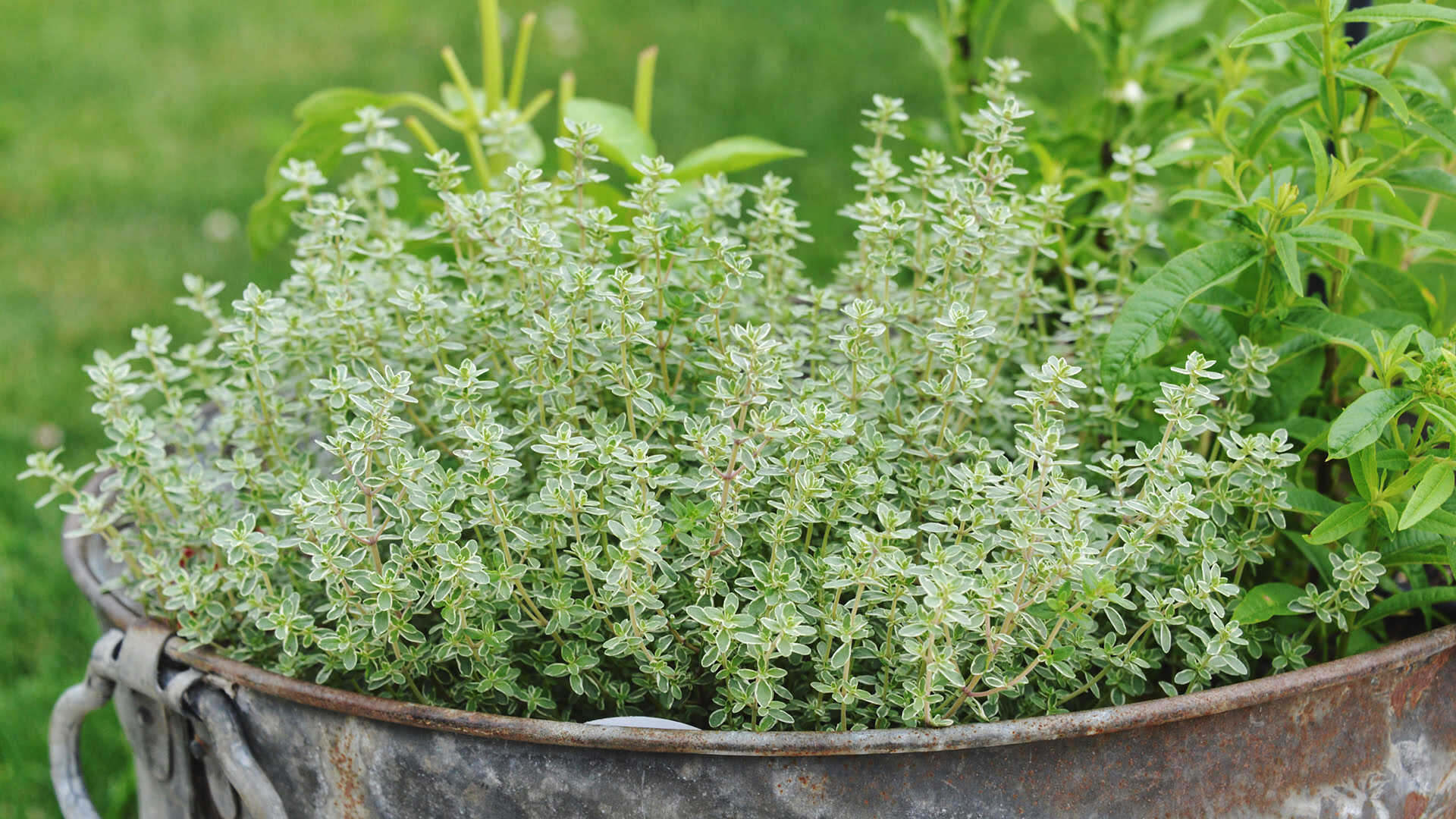
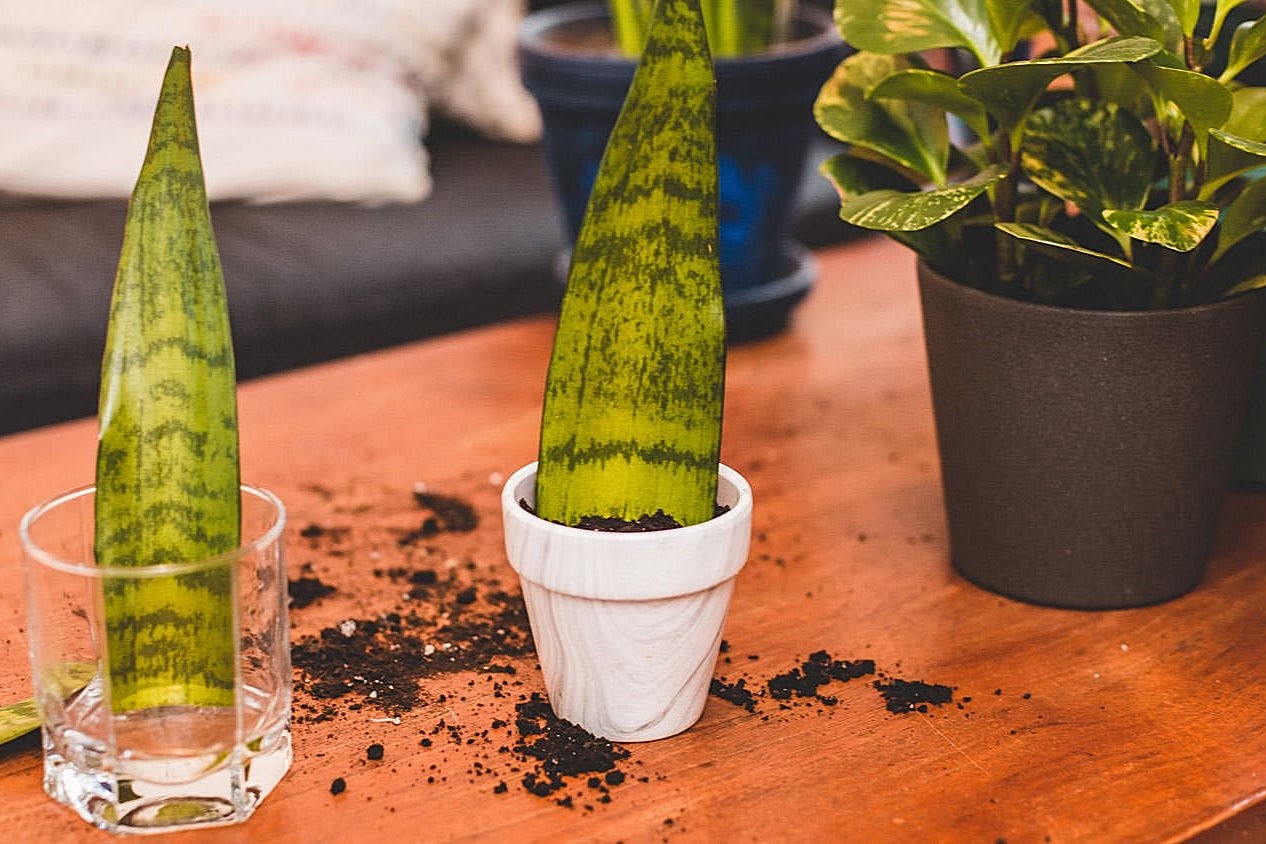
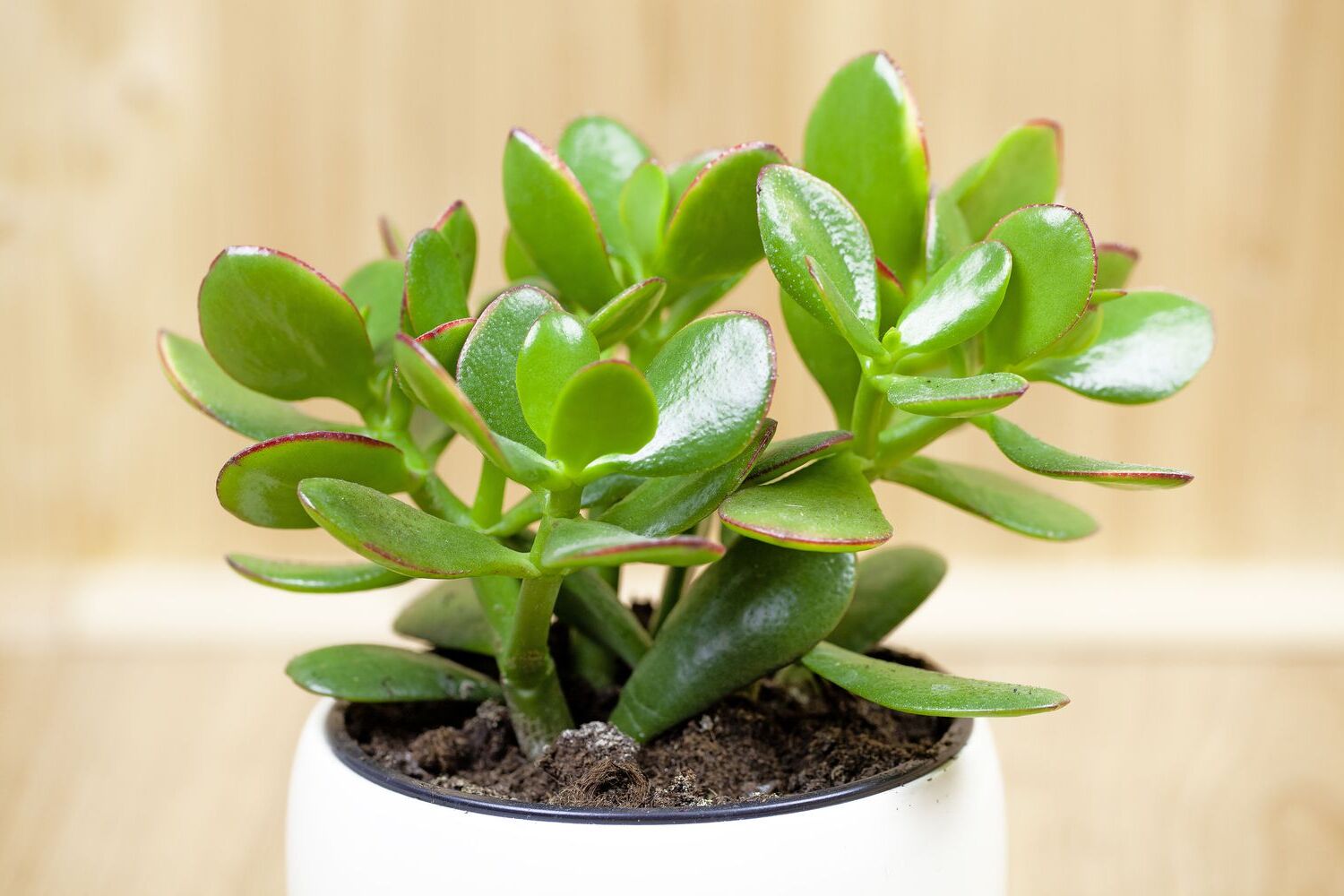

0 thoughts on “How To Take Care Of A Thyme Plant”